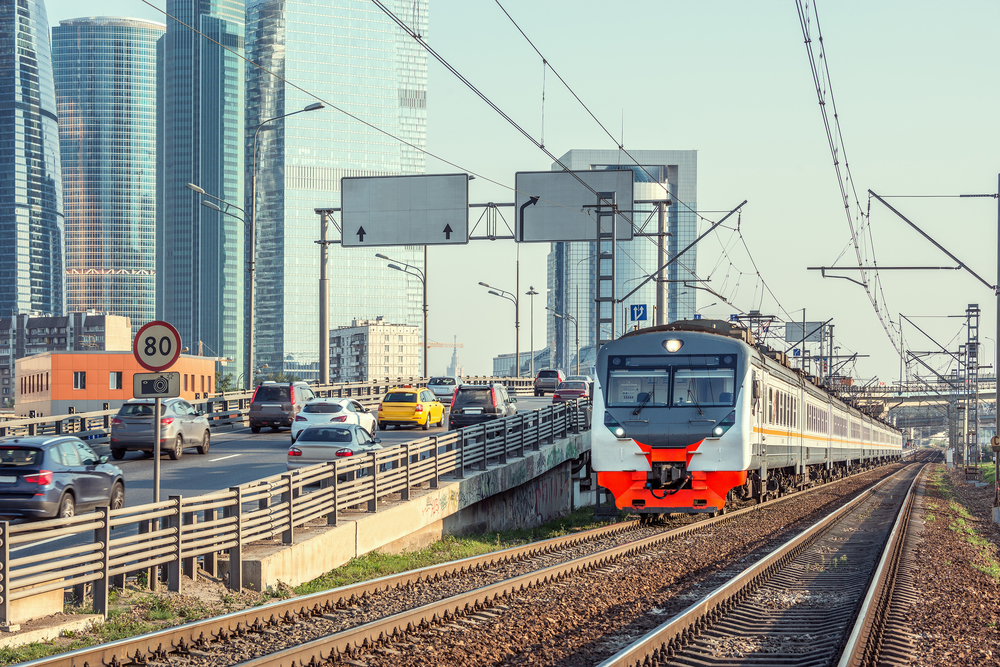
The U.S. Department of Transportation (USDOT) should extend the same pro-innovation regulatory approach to private freight railroads that is afforded to highway vehicles, the Association of American Railroads (AAR) said in recent comments filed with the agency.
“Increased automation will be key to continued efficiency gains, increased capacity to transport customers’ freight, further reduction of congestion on the highways, and increased fuel efficiency and emissions benefits,” AAR said in its statement. “Autonomous technology has the potential to improve network velocity and fluidity, increasing rail capacity, and promoting the health and growth of the U.S. economy.”
More than a one-third of rail accidents are attributed to human error. Automation also has the potential to make the rail network safer which is good for business, AAR said.
Greater regulatory certainty would incentivize rail investment in innovation, AAR said. Currently, safety-enhancing technologies only may be used if approved by the Federal Railroad Administration (FRA), delaying investment, AAR said.
Since 1980, more than $660 billion has been spent on capital improvements and maintenance.
When designing automated vehicles, automakers must take railway crossing into account and design vehicles that respond to warnings approaching trains. A total of 94 percent of train-vehicle collisions are caused by poor judgment or driver behavior, according to the FRA.